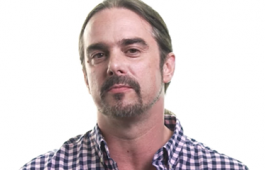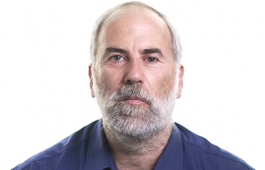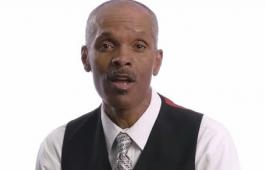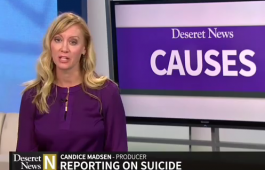Dr. Jerry Reed has been a leader in the suicide prevention movement for many years. So it comes as a bit of surprise when he says, “Each of us in this field should be committed to looking to other areas, because the answers to some of our challenges lie in places we least expect them.” In this heartfelt talk, Dr. Reed offers a new way to help individuals – and the movement as a whole – move forward.
The Suicide Prevention Movement










